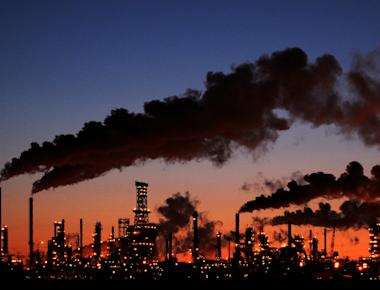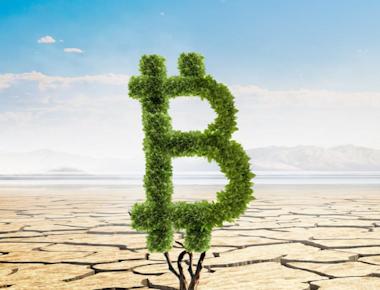

Over the past 4 decades, the ozone layer has been severely damaged as the ozone hole in the arctic has grown. However, in 1987 an international agreement was reached to limit ozone-depleting substances under the Montreal Agreement and its subsequent amendments. Since 1986 there has been almost a 99% decrease in ozone-depleting substances.


Our World In Data
As shown above, the world has made significant progress towards the reduction of ozone-depleting substances since 1989 with many countries tremendously mitigating their release of ozone-depleting substances into the atmosphere. However, progress can still be made as climate change still threatens the planet’s ecological balance.
One way countries can combat climate change is the use of carbon capture technology. Now, what exactly is carbon capture technology? Is it someone running around with a vacuum trying to suck up all the air? On the contrary, carbon capture technology involves the capture of carbon emissions, generally from industrial processes, which is then transported and stored in geological formations. The Intergovernmental Panel on Climate Change stated that to reach the goals set forth by the Paris Agreement, limiting global temperature change to 1.5 degrees, then carbon limiting tenchonology must be deployed.
Moving on, how does carbon capture technology actually work? Well, it starts out by first capturing the carbon by separating it from other gases. Secondly, the gas is then stored and transported for further storage elsewhere via pipelines, ships, etc. Lastly, the CO2 is then inserted into the earth and deposited into rock formations underground. Below is an illustration of how the technology works.

The Nature Conservancy
But why should countries consider using carbon capture technology? Well, since the decline of ozone-depleting substances, the processes that still use these substances are generally essential for operations. In the world today, there are some operations that rely on carbon dioxide to be able to complete their processes, and a complete elimination of all carbon dioxide usage is simply naive. This is where carbon capture technology can come in handy. While using carbon dioxide, companies, governments, and industries can utilize carbon capture technology to mitigate their effects on the environment.
In order to reach net zero emissions to save our planet, our livelihoods we must have a solid plan to get us there. At the point in time that we are at today, a time that has already seen a monumental decrease in ozone-depleting substances and the massive reduction in our carbon footprint. Thus, in order to reach the home stretch and completely change our economies and the very outlook of humanity we as a society must use carbon capture technology to mitigate the effects of the use of carbon dioxide while also using it for essential functions within our economies.
Sources
Albritton, J. (2020, October 22). Carbon Capture for the Last Mile: Why Carbon Capture, Utlilization and Storage is a Game Changer. The Nature Conservancy. https://nature.org/en-us/what-we-do/our-insights/perspectives/carbon-capture-utilization-storage-albritton.
Ritchie, H., & Roser, M. (2018, April 5). Ozone Layer. Our World in Data. https://ourworldindata.org/ozone-layer#production-consumption-of-ozone-depleting-substances.
What is Carbon Capture and Storage? What is Carbon Capture and Storage? | National Grid Group. (n.d.). https://www.nationalgrid.com/stories/energy-explained/what-is-ccs-how-does-it-work.
Global Health Professional
Expertise
Social Media
Subscribe to our newsletter!
Quick Links
Legal Stuff





